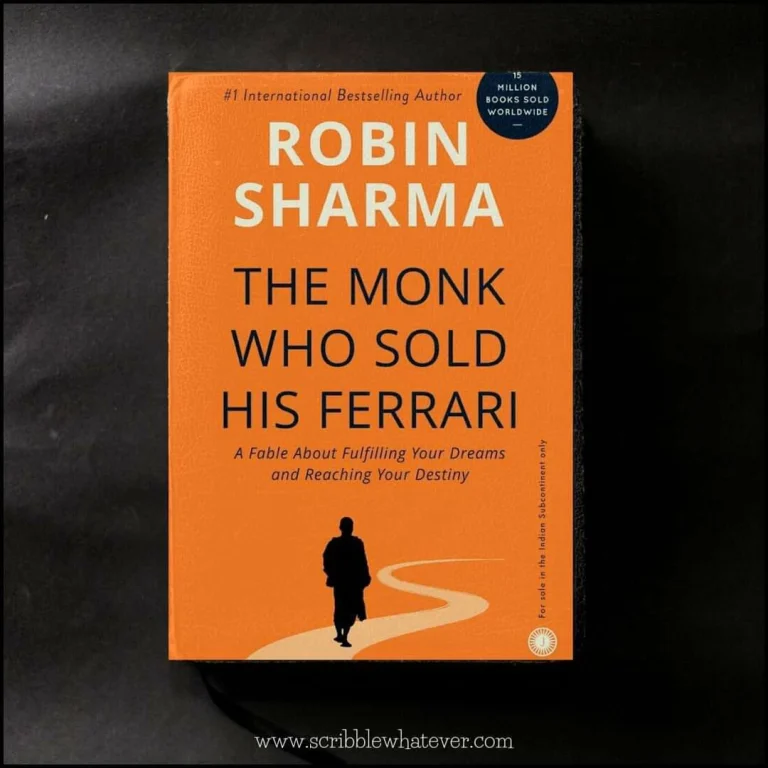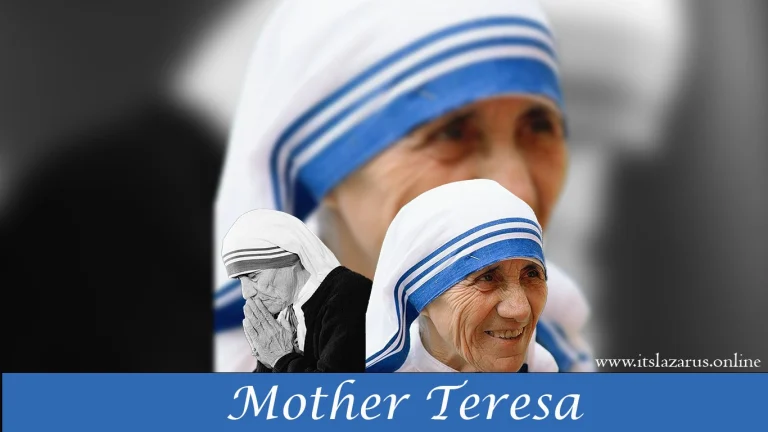Pablo Picasso was one of the most influential and revolutionary artists of the 20th century. He was a Spanish painter, sculptor, printmaker, ceramicist, and stage designer who is best known for co-founding the Cubist movement and for radically changing the way people think about and create art.
On October 25, 1881, in the sunlit city of Málaga, Spain- Pablo Diego José Francisco de Paula Juan Nepomuceno Crispín Crispiniano María Remedios de la Santísima Trinidad Ruiz Picasso was born. From the very beginning, young Pablo showed signs of prodigious talent. His first word was reportedly “pencil.” His father, José Ruiz Blasco, was a painter and art teacher who quickly noticed his son’s extraordinary gift. At the age of 7, Picasso began formal art training under his father’s guidance. By the time he was 13, his skills had already surpassed his father’s.
At the age of 14, Picasso was admitted to the prestigious School of Fine Arts in Barcelona, a feat uncommon for someone so young. The school’s rigorous classical training could not contain his wild imagination and growing desire to break away from traditional techniques.
The Blue Period (1901–1904)
Picasso’s journey as an artist was deeply emotional and reflected in his work. After the suicide of his close friend Carlos Casagemas in 1901, Picasso entered what is now known as his Blue Period. His palette turned cold, dominated by shades of blue and gray. His paintings during this phase, like The Old Guitarist and La Vie, reflected themes of poverty, loneliness, and despair.
This period was not only an emotional one but also a time of personal struggle. Picasso was poor, living in Paris in bohemian quarters, often choosing to buy paint instead of food. Yet it was this raw suffering that gave depth to his art.
The Rose Period (1904–1906)
As time passed, Picasso began to emerge from his grief. His paintings grew warmer, reflecting hues of pink, red, and orange. This phase, known as the Rose Period, featured circus performers, acrobats, and harlequins, figures who danced on the border between joy and melancholy.
During this period, he met Fernande Olivier, his first serious partner, whose presence brought stability and inspiration to his life and work. The world began to take notice of his evolving style.
The Birth of Cubism (1907–1917)
Picasso was never content to stay within one style for long. In 1907, he painted a radical work titled Les Demoiselles d’Avignon, a depiction of five nude women with geometric, distorted faces and bodies. The piece shocked the art world, it was raw, angular, and primal. With fellow artist Georges Braque, Picasso would go on to develop Cubism, a movement that deconstructed objects and reassembled them in abstracted forms.
This movement revolutionized art, allowing for the representation of multiple perspectives simultaneously. Art was no longer a mirror to reality; it became a language of its own.
Picasso and Politics
Picasso lived through turbulent times, two world wars, the Spanish Civil War, and the rise of fascism. Though not overtly political early in his career, the bombing of the town of Guernica by Nazi Germany in 1937 sparked a powerful response.
His painting Guernica, a massive black-and-white mural, became a universal symbol of the horrors of war. It depicts twisted bodies, screaming figures, and broken animals, a chaotic vision of suffering. The painting remains one of the most powerful anti-war artworks in history.
Later Years and Endless Reinvention
Throughout his long life, Picasso never stopped experimenting. He worked in sculpture, ceramics, printmaking, and even poetry. He went through many muses and lovers, Fernande, Olga Khokhlova, Dora Maar, Françoise Gilot, and Jacqueline Roque, each leaving a distinct mark on his art.
He once said, “Every act of creation is first an act of destruction.” This belief fueled his continuous reinvention. He painted into his 90s, often more prolific than artists half his age.
Death and Legacy
Pablo Picasso died on April 8, 1973, at the age of 91, in Mougins, France. He left behind over 50,000 artworks, a staggering output that includes paintings, drawings, sculptures, ceramics, prints, and textiles. He changed the way the world saw art. From realism to abstraction, from color to shape, from peace to protest, he used every aspect of life as his canvas.
A Literal Legacy
Picasso was not just a painter, he was a force of nature, a man who once said, “I paint objects as I think them, not as I see them.” His story is not merely about technique or fame; it’s about fearless innovation, about confronting pain through creation, and about pushing beyond the known to find new ways of seeing.
To this day, the name “Picasso” is synonymous with genius. He didn’t just paint pictures; he painted possibility.




